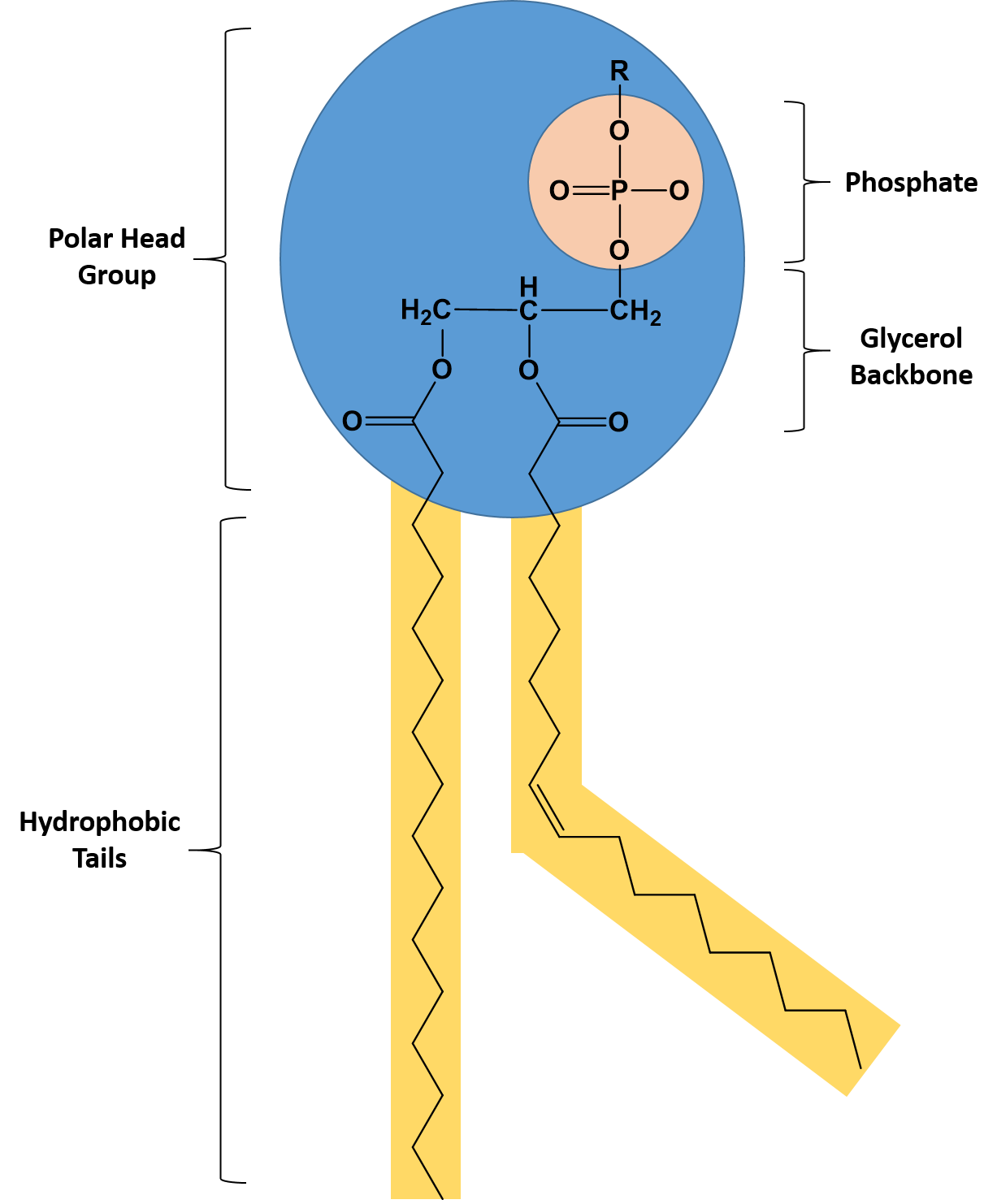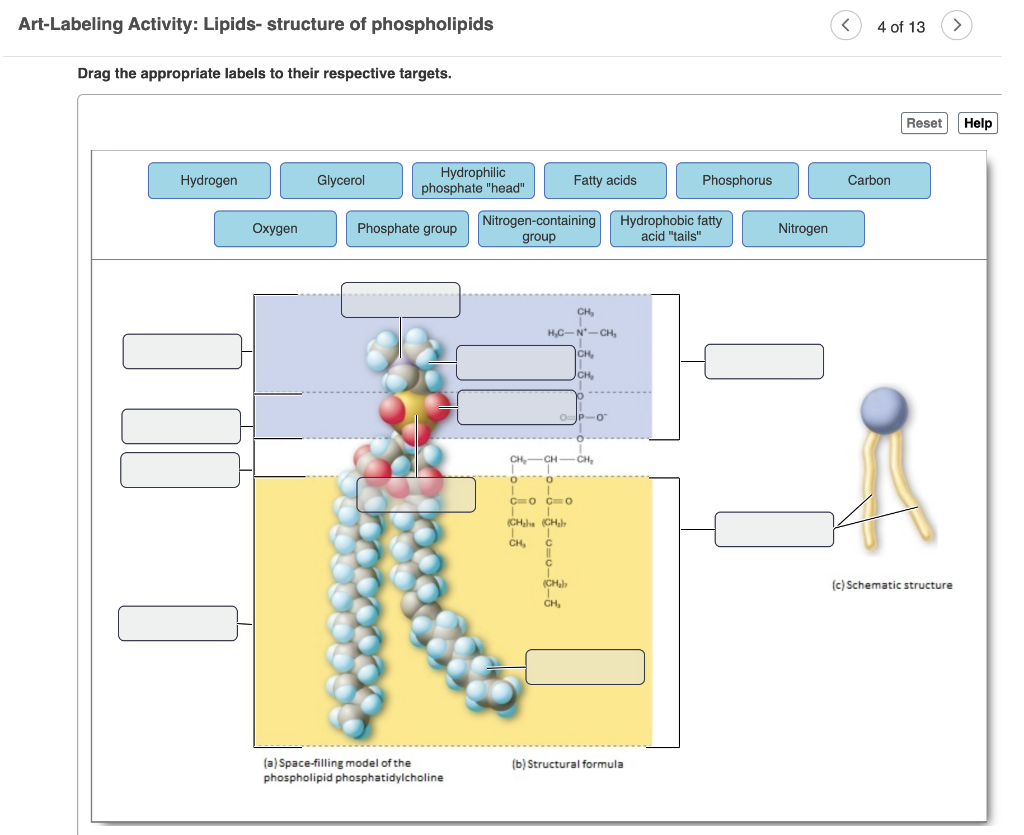

Secreted by specialized cells called B lymphocytes. Antibodies, also called immunoglobulins, are soluble proteins Mounted by the immune systems of vertebrates to an unwelcome molecular PLEASE tell us if you use BME3D for teaching!Īntibody production is one part of a complex response All Biomodel resources authored by Angel Herráez unless otherwise noted.

Guided Tutorials and Animations are authored by Eric Martz unless otherwise noted. To access more functions, click on the Jmol logo in the corner of the structure area for a pop-up menu.Īll 3d resources open in a new window. Use buttons and controls next to or below the molecule to change the display. To identify an atom, let the mouse cursor rest on top of it for a few seconds. To zoom in or out, use your scroll wheel, or SHIFT-drag with the mouse. To rotate a molecule in the 3d display, click and drag on it with the mouse. Each molecule is descibed briefly in a summary, which is followed by links to the 3d displays, bullet points of features of each display, and finally links to background information for lesson planning purposes. aeruginosa with host cells.ġInstitut de Biologia Molecular, Parc Científic de Barcelona, Baldiri Reixac 10, 08028 Barcelona, Spain.This table draws together the 3d resources with background information for your convenience. The findings in these studies suggest that Pa_LOX has the capacity to extract and modify unsaturated phospholipids from eukaryotic membranes, allowing this LOX to play a role in the interaction of P. Carbon atoms from the sn-1 chain approach the catalytic iron in a manner that sheds light on how the enzymatic reaction might proceed.

The binding pocket contains a phosphatidylethanolamine phospholipid with branches of 18 (sn-1) and 14/16 (sn-2) carbon atoms in length. The mobility of the lid and the structural variability of the N-terminal region of Pa_LOX was confirmed by comparing 2 crystal forms. The structure of a secretable LOX from Pseudomonas aeruginosa (Pa_LOX), the first available from a prokaryote, presents significant differences with respect to eukaryotic LOXs, including a cluster of helices acting as a lid to the active center. Lipoxygenases (LOXs), which are essential in eukaryotes, have no confirmed function in prokaryotes that are devoid of polyunsaturated fatty acids.


 0 kommentar(er)
0 kommentar(er)
